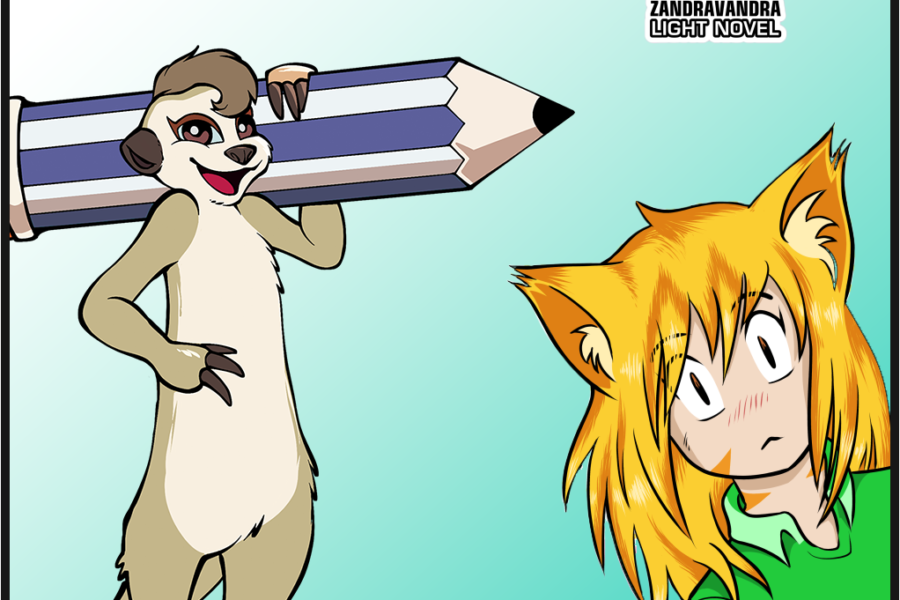JMP! Collective nailed down a crucial aspect of crowdfunding while planning their first-ever campaign, ‘postcards i never sent’ with Crowdfundr.
And they have some fantastic words of guidance for newbie crowdfunders.
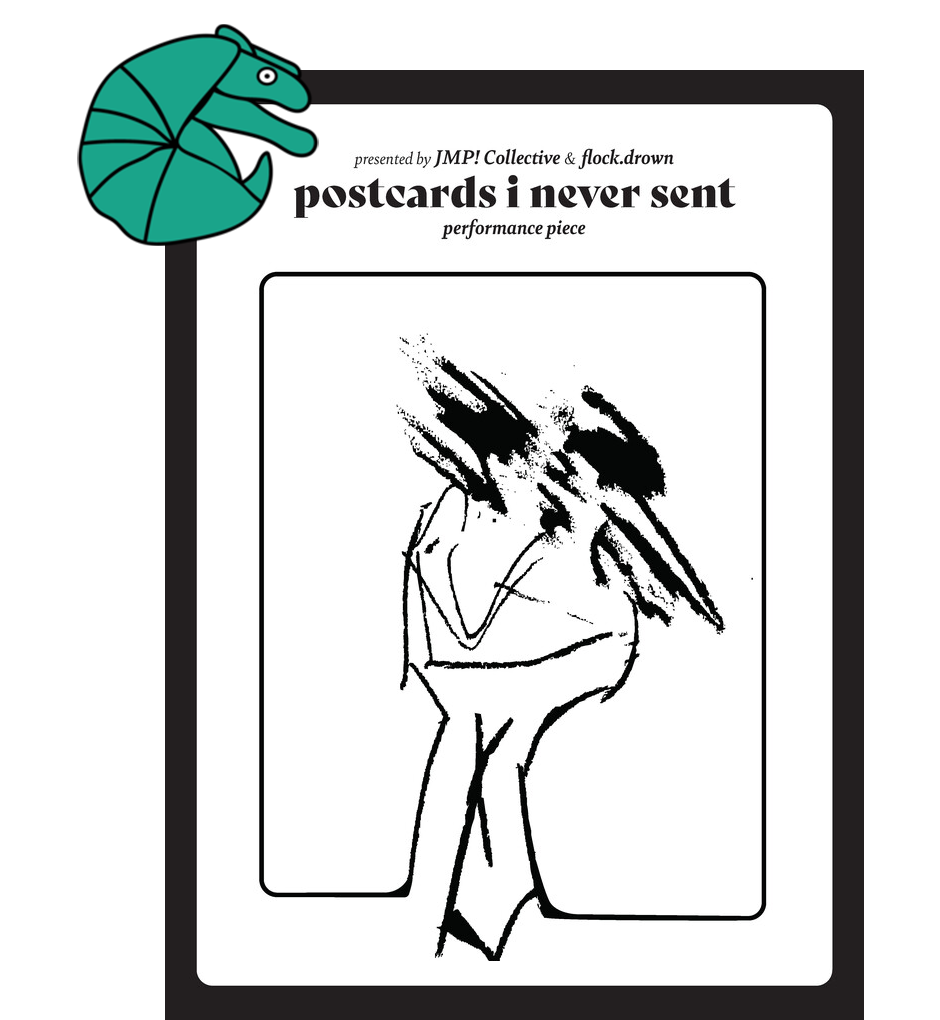
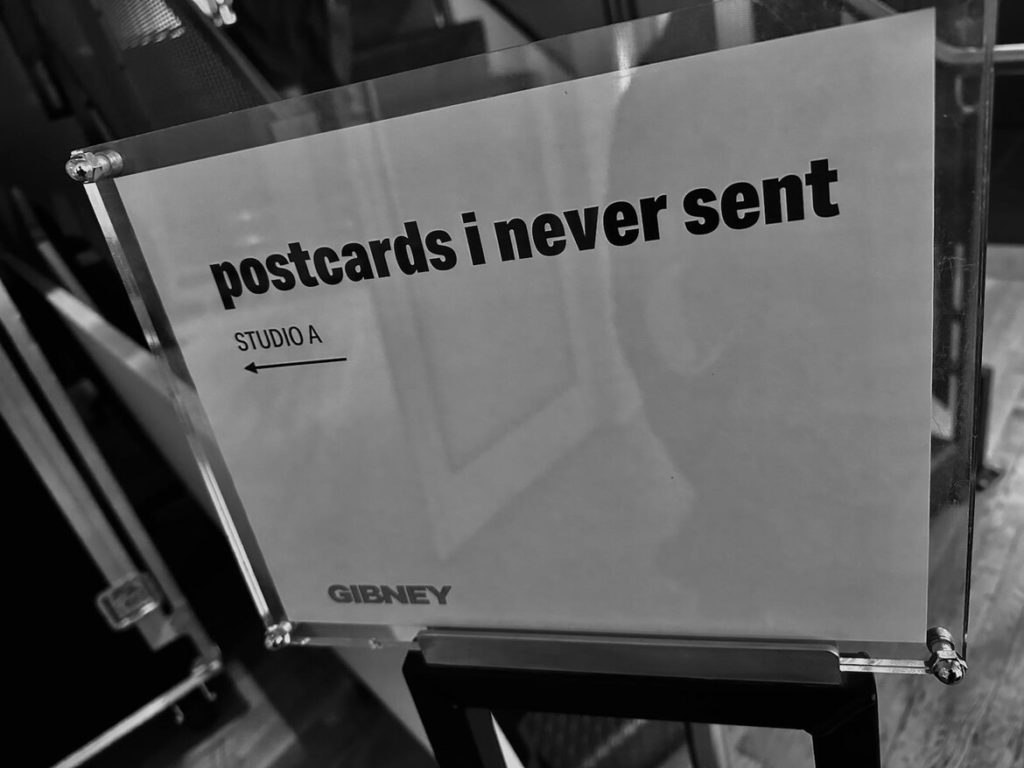
Getting a project before an audience is often a new crowdfunder’s biggest hurdle. We’d all love to simply create a campaign, hit ‘go,’ and have interested supporters magically find it on their own, realize its value, and fund immediately. We’d save time, money, and probably some sanity.
The hard truth is that this isn’t how crowdfunding works. Effort and focus must be put into proper promotion. And if a creator plans to expand on their project and have multiple campaigns in the future, then that focus must shift to community building.
In this case study, we’ll look at how JMP! Collective concentrated on promoting to their current personal and creative networks with emotion. Because creators create projects that they’re passionate about, and if you aren’t communicating and sharing that passion with a like-minded crowd, are you genuinely finding joy in your creation?
JMP! Collective and ‘postcards i never sent’
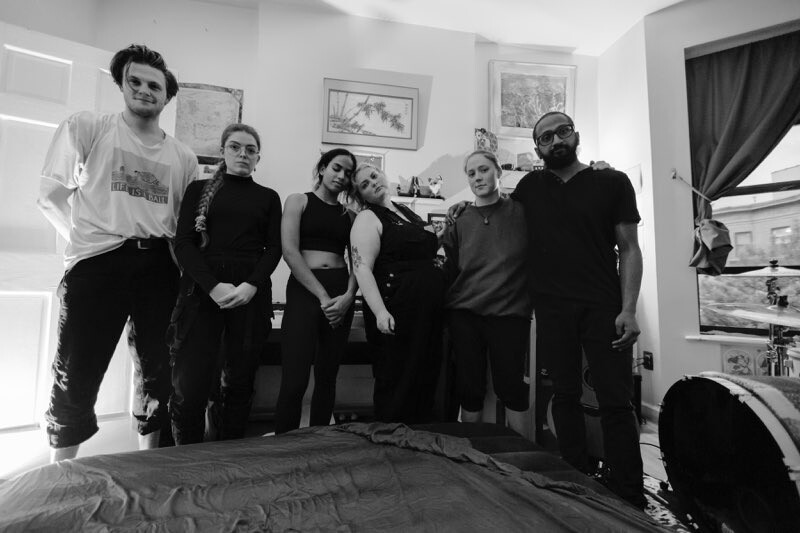
“postcards i never sent” is a collaborative performance piece that is just the beginning of an overall project by JMP! Collective. Alongside the performance, JMP! plans to release a “visual [music] album” of the same name, which combines song lyrics and photographs to invite viewers into a truly unique experience.
The campaign did something else for JMP! Collective, though. It helped them start to build their community and set the stage (pun absolutely intended) for future projects.
The Problem – How to focus the campaign
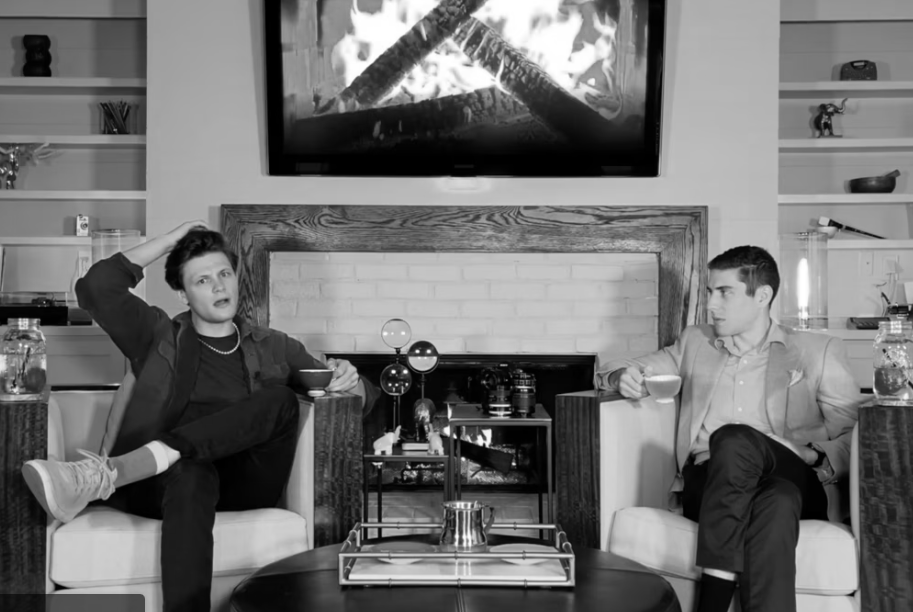
When asked about their campaign promotion strategy, Burke Swanson, one of the founders of JMP! Collective, said it was a delicate balance between the creative and personal sides. Their ‘postcards i never sent’ campaign was their first venture into crowdfunding. As JMP! isn’t a legal entity yet, they knew most of their audience would come from their personal lives – friends and family, as well as others in their creative spaces.
Burke and his partners feared that if they emphasized the art too heavily, the campaign might be too affronting to those in their lives who aren’t artistic. And if they went too personal, people stumbling across the project would have no idea what it was about.
The answer? Focus on inviting people they already knew to support the project and teaching them why it’s important to do so. Burke provided four solid pieces of guidance to help explain their reasoning, which are essential for creators—whether new to crowdfunding or not—to hear.
1 – Community building first

To start, Burke and his partners had to get themselves into the proper community mindset.
“It’s a community,” Burke says. “It’s not Burke asking; it’s JMP! Collective asking. [We wanted to] utilize the project as starting a community, so when someone supports this space, it becomes a give and take. We want to support those who supported us, and that mindset gave us more freedom because we brought others into that same mindset. It could be THEIR projects we help in the future.”
Burke also provided this insight: “Write [your campaign] in a way that suggests you’re working with your supporters, rather than telling them why you’re awesome and how they should contribute. Your project could be the thing that gives them that rush of ‘Oh, I could do something like this!’”
Community building requires not only this targeted storytelling but also persistence and commitment.
2 – Show how much you want it

Part of the commitment piece is showing people what actions you’re prepared to take to ensure the project happens.
“Worst comes to worst, [we knew] this project would go on. So, we were prepared to do the worst!”
Part of JMP! Collective’s promotional plan was to build goals and objectives around certain levels of funds raised as their crowdfunding campaign ran. Twice, they didn’t meet those goals and ‘donated’ from their own pockets to meet those deadlines and continue to have something to discuss and celebrate.
This is likely more common than people think and is a true testament to dedication to a project and a craft. Plus, sometimes things need to move forward, such as officially signing contracts for a performance location, setting dates, and paying talented artists.
The key to communicating this enthusiasm is to show your true self while doing it.
3 – Be authentic
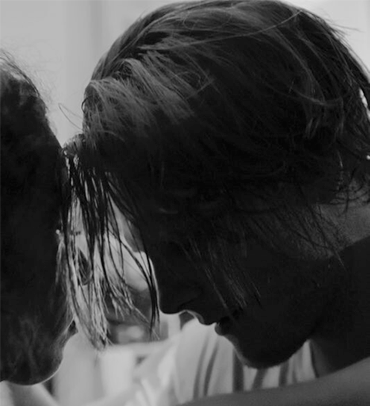
“People latch onto authenticity,” Burke says. “People tried to get a hold of me through the [Crowdfundr] platform because they thought our updates were personal messages to them, that’s how authentic they sounded.”
Updating is an integral part of promotion, especially if you do it authentically and express gratitude repeatedly in different ways.
“Just celebrate the joyful act of creating,” suggests Burke. “At the human level, people just want to be entertained and have joyful experiences. Give people peace of mind that you’re a real human being. That can do much of the work for you.”
Here are a few examples of updates from the “postcards i never sent” campaign:

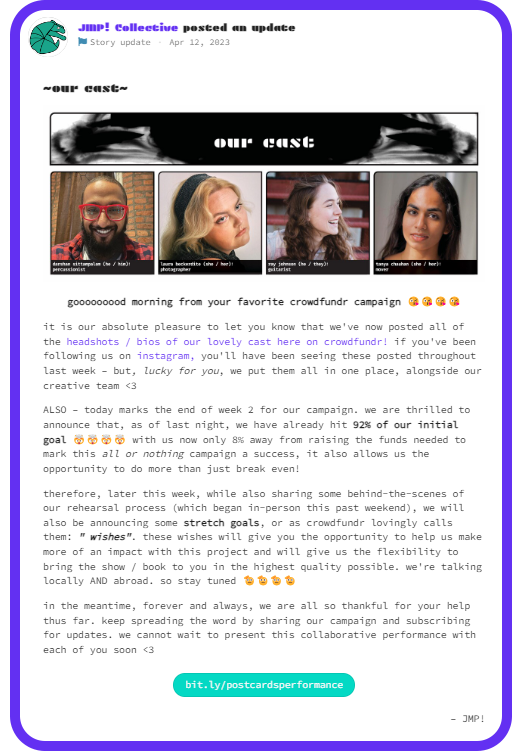


4 – Get over the ‘ick’ of asking for money
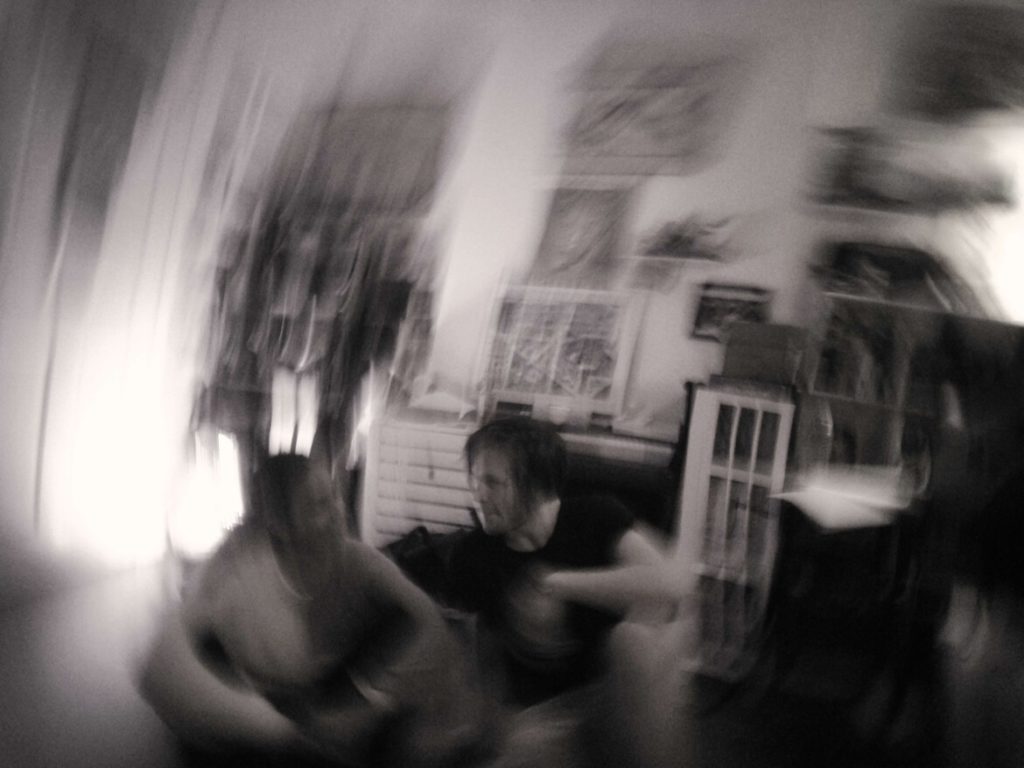
This is not a one-off concern. Nearly every creator newly entering the crowdfunding world has this concern. I wrote an article on fear and asking for money on our donation-based fundraising site – the Fundraiser HUB – which is also a good read for creators. But Burke was much more succinct (and more eloquent):
“Don’t think of [your first campaign] as a one-off; think of it as setting yourself up for the future. Right now, it’ll take that personal ask to make the jump. As long as you’re active and intentional about what you’re doing, over time, that intentionality will usurp the need for that ‘personal’ crowd.”
Ultimately, the ‘postcards i never sent’ performance was a success because the people in the room felt supported throughout the process – creatively and financially. There is a real-world legitimacy to the need for money; we all enjoy food in our bellies and roofs over our heads. The fact remains that JMP! Collective’s musicians, movers, photographer and other collaborators couldn’t have done the work if they didn’t have the (well-deserved) compensation provided.
Final words
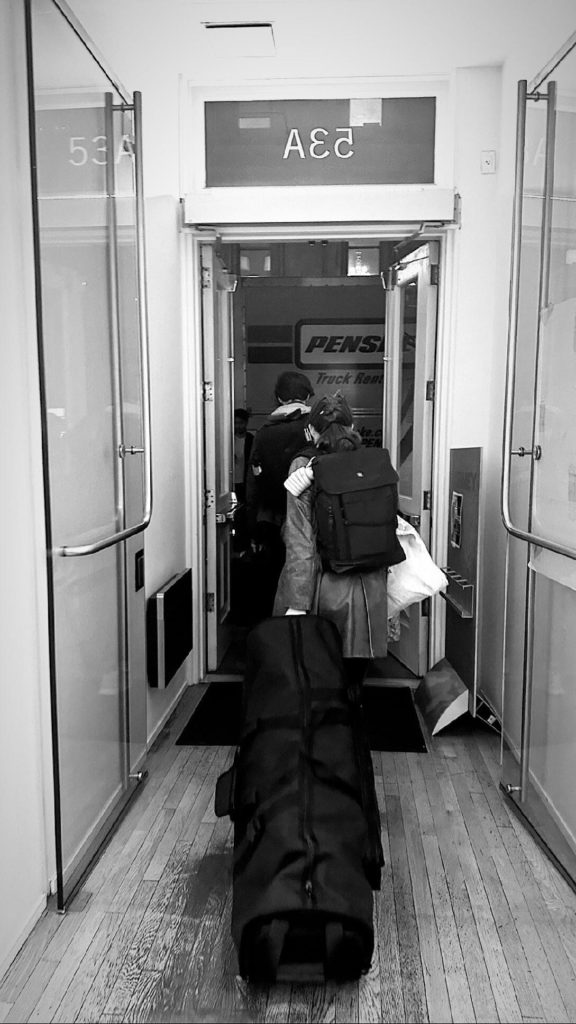
We can get overwhelmed in a world that often feels like everyone has something to say or offer or ask for. Yet, as Burke and JMP! Collective show us, we can find our place by building our communities around what we’re passionate about. The members of that community might change over time, so if you are planning your first (or even second, tenth, or twentieth) crowdfunding campaign, keep your current community AND the community you hope to build in mind when crafting and promoting it. Because they are the ones who will not only help you succeed but also remind you why you’re doing what you do in the first place.


